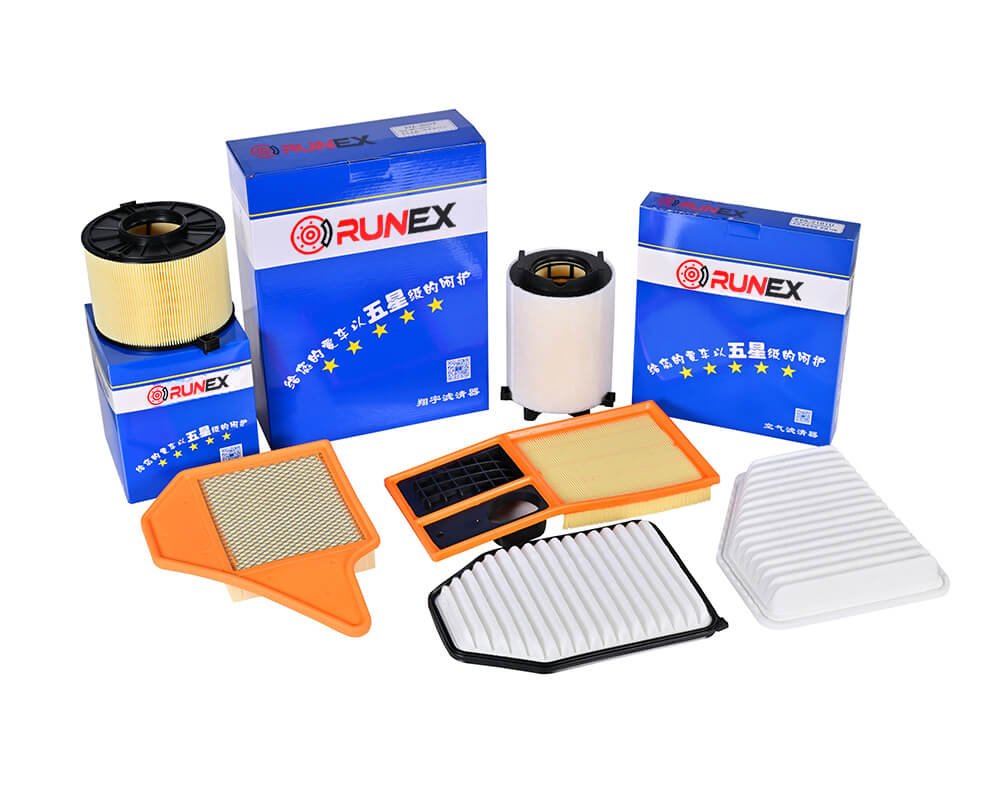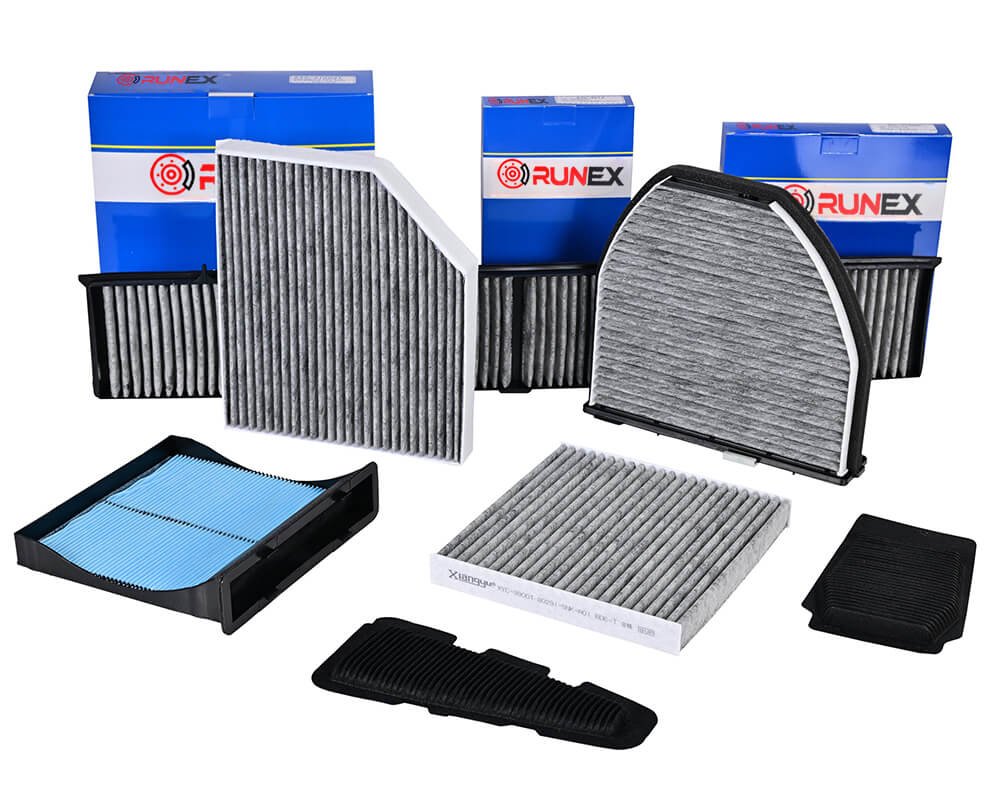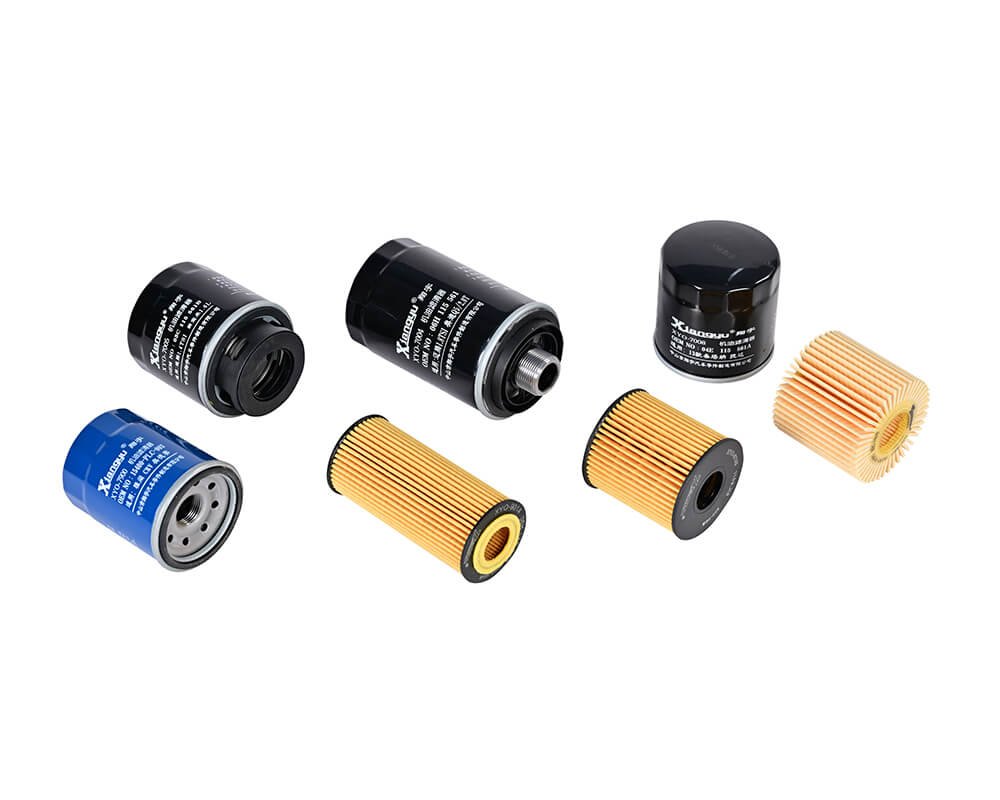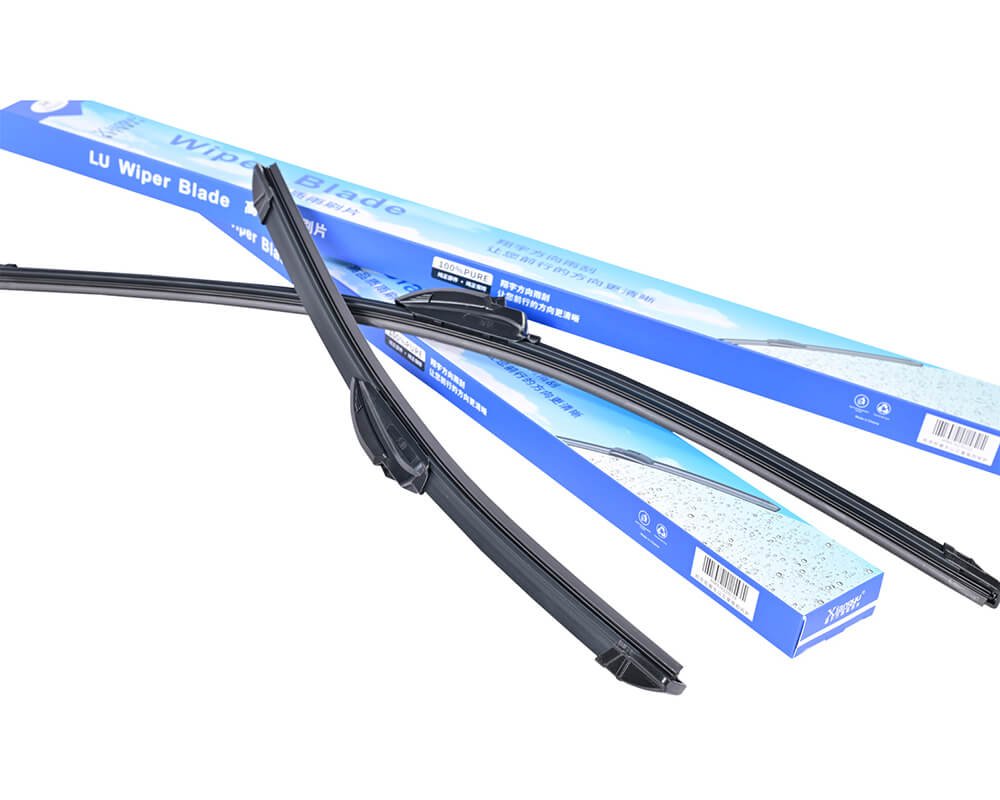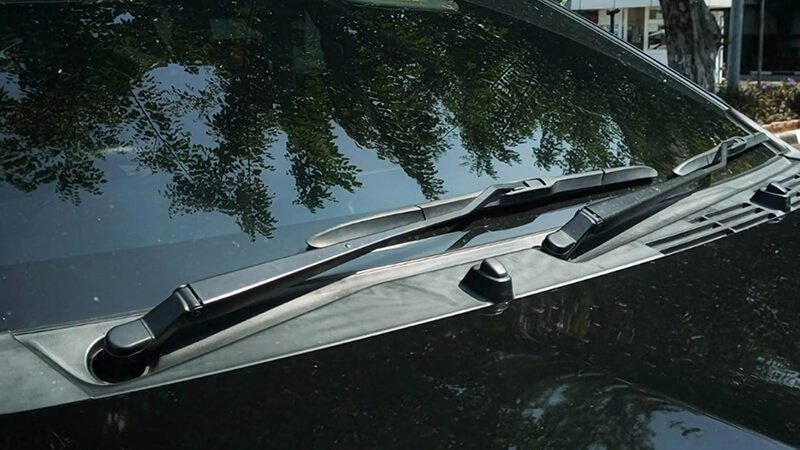Brake pads are a crucial component in the performance and safety of a vehicle. Among the many options available, carbon metallic brake pads stand out. But what makes them such a game-changer?
Carbon metallic brake pads offer superior performance, durability, and heat resistance compared to traditional brake pads. They are becoming a popular choice for both everyday drivers and high-performance vehicles. Let’s take a closer look at what makes these pads so unique.
To understand why carbon metallic brake pads are revolutionizing braking technology, we need to look at their advantages, uses, and how they compare to other types of brake pads. Let’s dive deeper into this game-changing technology.

What are carbon metallic brake pads best for?
Carbon metallic brake pads are increasingly being used in a variety of vehicles, from everyday cars to high-performance sports cars. But what are they best suited for? Let’s explore their primary benefits and ideal uses.
Carbon metallic brake pads excel in high-performance vehicles, track racing1, and any scenario where braking performance2 and heat resistance3 are critical. These pads are also ideal for heavy-duty applications4, where durability and consistent braking power are necessary.
High-Performance Vehicles
Carbon metallic brake pads are most commonly used in high-performance vehicles, such as sports cars and racing cars. These vehicles demand extreme braking performance, especially in high-speed situations or during aggressive driving. The ability of carbon metallic pads to withstand high temperatures without experiencing brake fade makes them perfect for these applications.
In racing, brake fade is a major issue. When brake pads overheat, they lose their ability to create enough friction to stop the vehicle effectively. Carbon metallic brake pads are engineered to resist this fading, ensuring that the vehicle can stop safely even under intense conditions. Their heat resistance also contributes to more consistent braking performance during long races or high-speed driving.
Key Benefits of Carbon Metallic Brake Pads in High-Performance Vehicles:
| Feature | Advantage | Example Use Cases |
|---|---|---|
| Heat Resistance | Ability to resist high temperatures without brake fade | Track racing, high-speed highway driving |
| Durability | Longer lifespan under heavy use | Endurance races, aggressive driving |
| Consistent Performance | Braking power remains stable under stress | Road racing, long drives |
Heavy-Duty Applications
In addition to high-performance sports cars, carbon metallic brake pads are also suitable for heavy-duty vehicles, such as trucks and industrial machinery. These vehicles are often subjected to continuous heavy braking, which can cause regular brake pads to wear out quickly. Carbon metallic brake pads, however, offer greater durability, making them ideal for vehicles that require frequent and reliable braking.
Whether it's for towing, hauling, or off-road driving, the robust construction of carbon metallic pads ensures they maintain their integrity and performance over long periods of use. This makes them a valuable choice for commercial vehicles that require consistent braking power over extended distances.
Advantages of Carbon Metallic Brake Pads for Heavy-Duty Applications:
| Feature | Advantage | Example Use Cases |
|---|---|---|
| Enhanced Durability | Can handle continuous and heavy braking | Commercial trucks, off-road vehicles |
| High Friction Coefficient | Provides consistent and strong braking performance | Emergency response vehicles, industrial machines |
| Improved Heat Dissipation | Reduces the risk of overheating even under constant use | Towing, mining vehicles |

What is the advantage of carbon fiber brake pads?
Carbon fiber brake pads share many similarities with carbon metallic pads, but they come with their own set of unique advantages. Are they really worth the investment, and what makes them different from other types of brake pads?
Carbon fiber brake pads offer improved durability, reduced weight, and enhanced performance. Their unique composition makes them ideal for high-performance applications, offering superior braking power and heat resistance compared to traditional options.
Lightweight and Durable
One of the primary benefits of carbon fiber brake pads is their lightweight nature. When compared to other materials like metallic pads, carbon fiber offers a significant reduction in weight, which can improve the overall performance of a vehicle. This is especially important for high-performance vehicles, where weight reduction can lead to better acceleration, handling, and fuel efficiency.
Despite being lightweight, carbon fiber brake pads are incredibly durable. They are designed to last longer than traditional brake pads, reducing the need for frequent replacements. This durability is crucial for drivers who demand both performance and longevity from their brake pads.
Key Benefits of Carbon Fiber Brake Pads:
| Feature | Advantage | Example Use Cases |
|---|---|---|
| Lightweight | Reduces overall vehicle weight, improving acceleration and handling | Racing cars, sports vehicles |
| Longer Lifespan | Offers better durability, reducing the frequency of replacements | Luxury vehicles, performance cars |
| Excellent Performance | High friction and superior braking power | Track racing, road racing |
Enhanced Braking Performance
Carbon fiber brake pads are known for their superior braking performance. The composition of the pads allows them to generate higher friction levels, providing more efficient braking power. This makes them an excellent choice for performance vehicles, where precise and quick stopping is essential.
These pads also perform well in high-temperature environments, resisting brake fade better than many other types of brake pads. Whether you're driving on a race track or navigating steep mountain roads, carbon fiber brake pads offer consistent and reliable performance under extreme conditions.
Performance Analysis of Carbon Fiber Brake Pads:
| Feature | Advantage | Example Use Cases |
|---|---|---|
| High Friction Coefficient | Enhanced stopping power, especially in high-speed situations | Performance cars, racing vehicles |
| Temperature Resistance | Maintains performance without fading or cracking under extreme temperatures | Racing, long drives in hilly terrains |
| Smooth Operation | Quiet and smooth braking experience | Luxury sports cars, high-performance street cars |

What is the difference between CCB and CCM brakes?
CCB (Carbon-Carbon) and CCM (Carbon-Ceramic) brakes are two other types of high-performance braking systems often compared to carbon metallic and carbon fiber pads. But how do these two differ, and which is better for specific applications?
The key difference between CCB5 and CCM6 brakes lies in their material composition. CCB brakes are made entirely of carbon, while CCM brakes combine carbon with ceramic. Both offer excellent heat resistance and performance, but CCM brakes tend to be more durable and suitable for a wider range of vehicles.
CCB Brakes: Carbon-Carbon
CCB brakes are made from a composite material of carbon fibers and a carbon matrix. This combination offers incredible heat resistance, which is why they are often found in high-performance vehicles and racing cars. CCB brakes are lightweight and capable of handling extreme braking temperatures, making them a great choice for track racing7 and other high-stress applications.
However, CCB brakes are not as durable as CCM brakes. They are more susceptible to wear, especially under frequent use. Due to their cost and limited lifespan, they are often only used in vehicles where top-tier performance is a necessity.
Benefits of CCB Brakes:
| Feature | Advantage | Example Use Cases |
|---|---|---|
| Extreme Heat Resistance | Can withstand the highest temperatures without degradation | Racing, endurance events |
| Lightweight | Ideal for high-speed applications where weight matters | Formula 1, racing vehicles |
| High Performance | Provides excellent stopping power under intense conditions | Track racing, professional racing |
CCM Brakes: Carbon-Ceramic
CCM brakes, on the other hand, combine carbon fibers with ceramic materials, which makes them more durable and resistant to wear than CCB brakes. The ceramic component allows the pads to handle higher temperatures and resist abrasion more effectively. These brakes are ideal for luxury sports cars, supercars, and high-performance road cars.
The added durability of CCM brakes translates to longer life and better overall performance. They are also less likely to crack or degrade over time compared to CCB brakes. While they are more expensive, the increased durability and performance make them a better option for vehicles that are driven regularly.
Benefits of CCM Brakes:
| Feature | Advantage | Example Use Cases |
|---|---|---|
| Durability | Lasts longer than CCB, reducing the need for replacements | Supercars, luxury sports cars |
| Heat and Wear Resistance | Ideal for frequent high-performance driving | Performance vehicles, road cars |
| Versatile Use | Suitable for both street and track use | High-performance daily drivers |

What are the advantages of metallic brake pads?
Metallic brake pads, made from a blend of metals such as steel and copper, have been a staple in the automotive industry for years. But what makes metallic brake pads so popular, and how do they compare to carbon metallic pads?
Metallic brake pads offer superior durability8 and heat resistance9, making them ideal for heavy-duty vehicles and high-performance applications. They are more affordable than carbon metallic pads but tend to be noisier and create more brake dust.
Durability and Performance
Metallic brake pads are known for their strength and durability. They are made from a combination of steel and other metal materials, making them extremely resistant to wear. This makes them perfect for vehicles that require consistent and reliable braking performance, such as trucks, buses, and performance cars.
In terms of heat resistance, metallic brake pads perform well in high-temperature situations, such as heavy braking during towing or off-road driving. The metal composition allows them to handle intense heat without experiencing brake fade10. This makes them an excellent choice for vehicles used in demanding environments.
Advantages of Metallic Brake Pads:
| Feature | Advantage | Example Use Cases |
|---|---|---|
| Durability | Handles heavy use and continuous braking without significant wear | Commercial trucks, off-road vehicles |
| Heat Resistance | Maintains braking power under high temperatures | Towing, heavy-duty vehicles |
| Affordability | More cost-effective than carbon-based pads | General vehicles, budget-conscious drivers |
Noise and Brake Dust
While metallic brake pads excel in durability and performance, they tend to be noisier than other types of brake pads, such as ceramic or organic pads. This noise can be bothersome for some drivers, especially in urban environments or while driving at lower speeds.
Additionally, metallic brake pads tend to create more brake dust, which can accumulate on the wheels and reduce the overall appearance of the vehicle. This is an important consideration for drivers who prefer cleaner wheels or for those who want a quieter, more refined driving experience.
Disadvantages of Metallic Brake Pads:
| Feature | Disadvantage | Example Impact |
|---|---|---|
| Noise | Can be louder, especially during braking | Urban driving, commuter vehicles |
| Brake Dust | Produces more dust, which can dirty the wheels | Aesthetic concerns, frequent cleaning required |

Conclusion
Carbon metallic brake pads have undoubtedly made a significant impact in the world of automotive performance. Their superior durability, heat resistance, and reliability make them an excellent choice for high-performance vehicles and heavy-duty applications. Understanding the differences between carbon metallic, carbon fiber, and traditional metallic brake pads can help you make the best decision for your vehicle's needs. Do not hesitate to contact us11 for getting your best solutions for your business.
-
Provides a better understanding of track racing and why carbon metallic pads are necessary. ↩
-
Explains the factors affecting vehicle braking performance and their importance. ↩
-
Details how heat resistance contributes to improved brake pad performance, especially in high-speed ↩
-
Defines heavy-duty applications and how brake pads must perform under extreme conditions. ↩
-
Explains the composition and advantages of CCB brakes, especially for racing applications. ↩
-
Describes the differences between CCM and CCB brakes and their respective advantages. ↩
-
Clarifies why CCB brakes are preferred for track racing due to their heat resistance and light weight. ↩
-
Explains why metallic brake pads are known for their strength and durability, especially in heavy-duty applications. ↩
-
Provides insight into how metallic brake pads resist heat and perform well in high-temperature environments. ↩
-
Details how metallic brake pads help prevent brake fade during intense braking situations. ↩
-
Know more about Runex Auto's Brake Pads here. ↩



